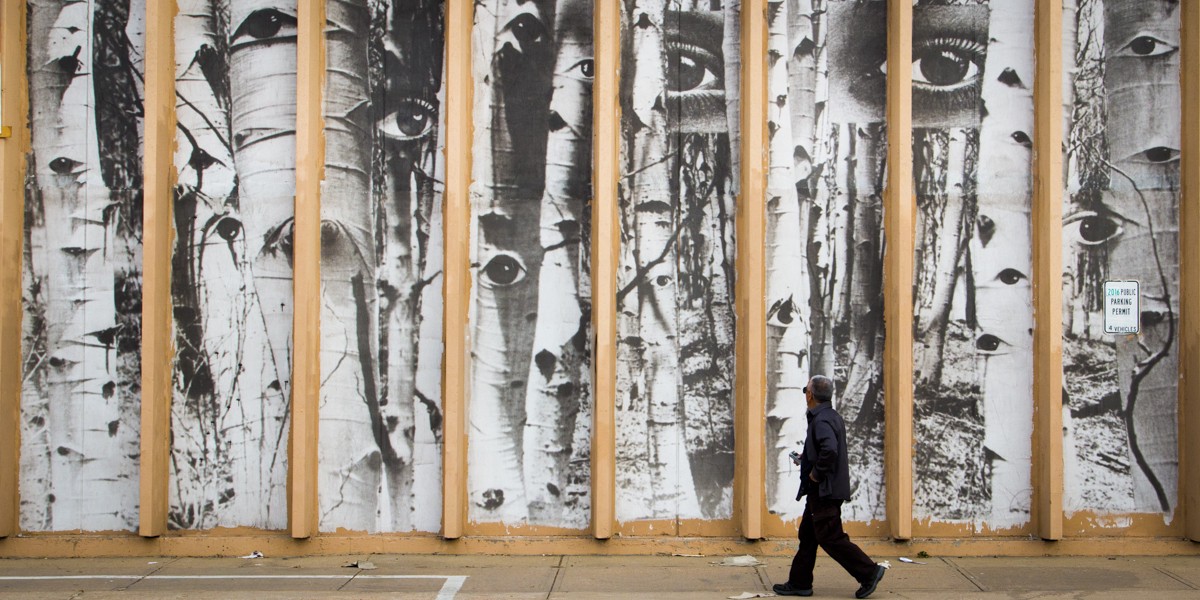Textual images - painted images. Intermediality according to Dante: the case of Inferno XVII
Abstract
Dante Alighieri’s Divine Comedy does not only illustrate the afterlife as a world theatre. In the course of its reception, this long narrative poem has also become an extraordinary media event. The ‘verbal images’ and the particularly imaginative visions designed by the Italian poet have resulted in a kind of iconic commentary on the Divine Comedy from the 14th century to the present. On the one hand, these examples of a highly intermedial reception of Dante’s poem refer to the original text, but on the other hand they transpose rather freely the poem into the visual medium, which leads further and further away from the ‘sensus spiritualis’ of the Divine Comedy. The paper traces this long tradition on the basis of representative examples, such as John Flaxman’s as well as Pitt Koch’s illustrations or Salvador Dalí’s watercolours commenting on the Divine Comedy, Inferno XVII.
Downloads
References
Arqués Corominas, Rossend – Ciccuto, Marcello (éd.), Dante visualizzato – Carte ridenti I: XIV secolo, Firenze, Franco Cesati Editore, 2017.
Arqués Corominas, Rossend – Ferrara, Sabrina (éd.), Dante visualizzato – Carte ridenti III: XV secolo. Parte seconda, Firenze, Franco Cesati Editore, 2019.
Bindman, David (éd.), John Flaxman, Royal Academy of Arts, London, 1979.
Boehm, Gottfried – Spies, Christian – Egenhofer, Sebastian (éd.), Zeigen. Die Rhetorik des Sichtbaren, Munich, Wilhelm Fink, 2010.
Brieger, Peter H. – Meiss, Millard – Singleton, Charles S., Illuminated Manuscripts of the Divine Comedy, 2 vol., Princeton, Princeton University Press, 1969.
Alighieri, Dante, Commedia, éd. Chiavacci Leonardi, Anna Maria, Bologna 2006.
Alighieri, Dante, La Divine Comédie, prés. et trad. par Jaqueline Risset, Paris, Flammarion, 2004 (GF 1216), t. I, « L’Enfer / Inferno ».
Barricelli, Jean-Pierre, Dante’s Vision and the Artist: Four Modern Illustrators of the “Commedia”, New York, Peter Lang, 1992.
Ciccuto, Marcello – Livraghi, Leyla M.G. (éd), Dante visualizzato – Carte ridenti II: XV secolo. Prima parte, Firenze, Franco Cesati Editore, 2019.
Everling, Wolfgang, Dante Alighieri’s Divina Commedia (Divine Comedy) illustrated by Salvador Dalí : re-established correspondence between text and images, Hamburg, Verlag dante-2000.de, 2003.
Gizzi, Corrado (éd.), Flaxman e Dante, Milan, Mazzotta, 1986.
Il Dante Urbinate della Biblioteca Vaticana, t. II, Cité du Vaticane, Biblioteca apostolica vaticana ; Milan, fratelli Fabbri, 1965.
Irwin, David, John Flaxman 1755-1826, sculptor, illustrator, designer, London, Studio Vista, 1979.
Koch, Pitt, Dantes Italien. Auf den Spuren der ‚Göttlichen Kommödie’, Darmstadt, Primus, 2013.
Krüger, Klaus, Imagination und Wirklichkeit. Zum Verhältnis von mentalen und realen Bildern in der Kunst der frühen Neuzeit, Mayence 2000.
Owen, Rachel, Illuminated Manuscripts of Dantes’s‚ Commedia’ in their Cultural and Artistic Context, thèse, Royal Holloway, Univ. of London, 2001.
Pegoretti, Anna, Indagine su un codice dantesco: la ‚commedia’ Egerton 943 della Britisch Library, Ghezzano, Felice ed., 2014.
Stolte, Almut, Frühe Miniaturen zu Dante‚ Divina Commedia’. Der Codex Egerton 943 der British Library, Münster, LIT, 1998.
Wehle, Winfried, « Der Wald. Über Bild und Sinn in der Divina Commedia », Deutsches Dante-Jahrbuch 92 / 2017, p. 9–49 (eoc.ku-eichstaett.de/20960/1).
Copyright Notice
You are free to copy, distribute and transmit the work, and to adapt the work. You must attribute the work in the manner specified by the author or licensor (but not in any way that suggests that they endorse you or your use of the work).









